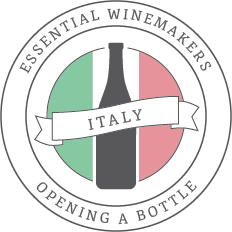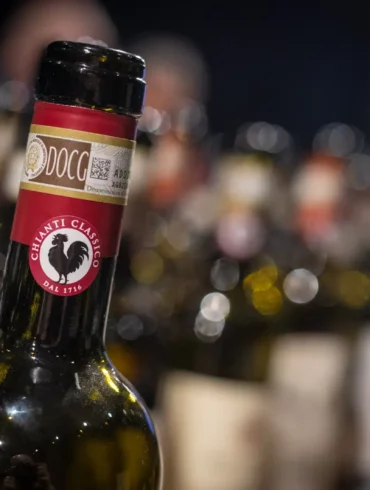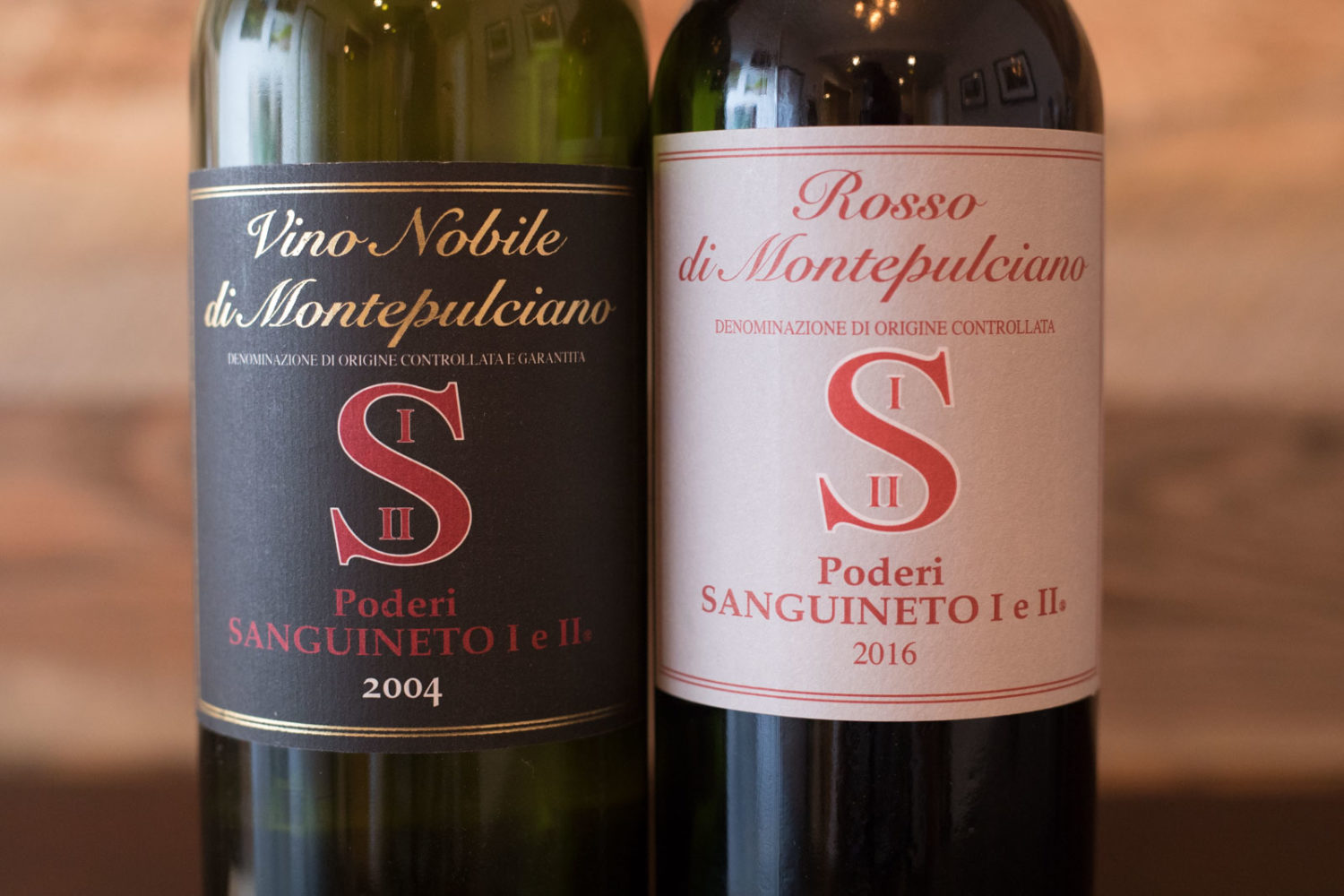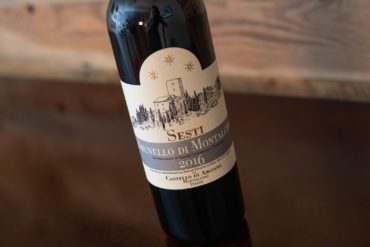Castello di Monsanto

Why Castello di Monsanto is Essential
Too often, we obsess over the details in wine. What is the origin of the oak in your barrels? What is your yield per hectare? Which clone of Sangiovese do you use? When I was in high school geology class, I never thought I'd see a day when I'd care about limestone or clay ever again. As I go deeper into wine, the more I question the utility of such queries. Will any of this information help me enjoy wine more?
I mention this here, because Castello di Monsanto is the perfect place to press "pause" on the scholarly questions and just feel for a moment. This sprawling estate in the San Donato in Poggio UGA of Chianti Classico is serene and densely wooded. From the triangular stone platform atop Il Poggio, you can see most of what the ancient Republics of Florence and Siena fought so fervently for, and even sense the tension between the distant sea and mountains in the air.
But the real magic at Castello di Monsanto can be found inside the Bianchi family's estate, where a network of corridors — chiseled out of the earth by the hands of three men in the 1980s — harbor every vintage the estate has produced since 1962. It is one of the largest private collections of wine in Europe, but that would be insignificant if the juice inside those bottles was average, which it certainly is not.
For decades, the Bianchi family has been meticulous and ambitious in their winemaking, but it appears they've never sold out to short-term fashion. I've sampled recent vintages as well as the 1980 and 1969, and incredibly, there is a kinship between them all. Could it be the oak their using? A particular clone of Sangiovese? A special alchemy of soil? It's fair to ask where the magic comes from, but at places like this, its far better to just feel it and appreciate it.
San Donato in Poggio, Tuscany
Grapes: Sangiovese
Appellation: Chianti Classico DOCG
American Importers: Freixenet-Mionetto
Originally listed: March 2024
 Il Poggio is the centerpiece vineyard at Castello di Monsanto, crowning a prominent hilltop next to the castle. ©Kevin Day/Opening a Bottle
Il Poggio is the centerpiece vineyard at Castello di Monsanto, crowning a prominent hilltop next to the castle. ©Kevin Day/Opening a Bottle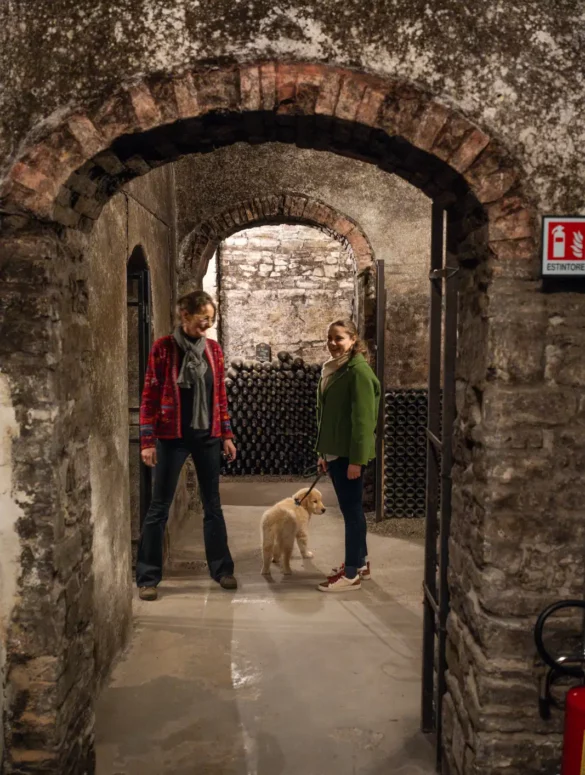 Laura Bianchi and her daughter Giulia Cecchi in the expansive wine cellar. ©Kevin Day/Opening a Bottle
Laura Bianchi and her daughter Giulia Cecchi in the expansive wine cellar. ©Kevin Day/Opening a BottleWines to Seek Out
Castello di Monsanto produces three Chianti Classico wines, but interestingly enough, annual production numbers for the Riserva eclipse the "entry-level" Chianti Classico nearly four-fold. In fact, the Chianti Classico is not even exported to the United States, and is instead primarily distributed in Italy. It's a beautiful wine with peppery, savory highlights, but because of this, I'm excluding it from below.
Castello di Monsanto also makes a limited number of Vin Santo del Chianti Classico wines — an Occhio di Pernice made entirely from Sangiovese, and an ideal souvenir should you visit the estate.
Castello di Monsanto Chianti Classico Riserva
As emblematic of the Chianti Classico Riserva category as any wine. It has deeper fruit, more complexity on the nose, and cotton-like tannins that initially grip but know when to let go. What impresses me most about this wine, vintage after vintage, is the purity of its black cherry-like fruit. I sometimes detect an intriguing detail to this wine that feels like baking spice, but there is always an orange peel note that feels like a hallmark of Castello di Monsanto.
Castello di Monsanto "Il Poggio" Chianti Classico Gran Selezione
With its first vintage in 1962, "Il Poggio" became the first modern single-vineyard Chianti Classico wine — it would be decades before more than a handful of estates followed the practice, and so, as a result of this trajectory and the family's dedication to cellaring their wines, we have a glimpse at not only the past but the future of Chianti Classico.
Poggio means "top of the hill," and that certainly is the case with this rounded mound. Vines face all compass-points, so each year they're able to achieve a nice balance of ripening. As with the Riserva, it recalls oranges as much as cherries on the palate, with a standout salinity that is unique to the region and which lends great persistence from one sip to the next. A tasting of the 1969 vintage in the winter of 2024 showed an exceptional life force within the wine.

